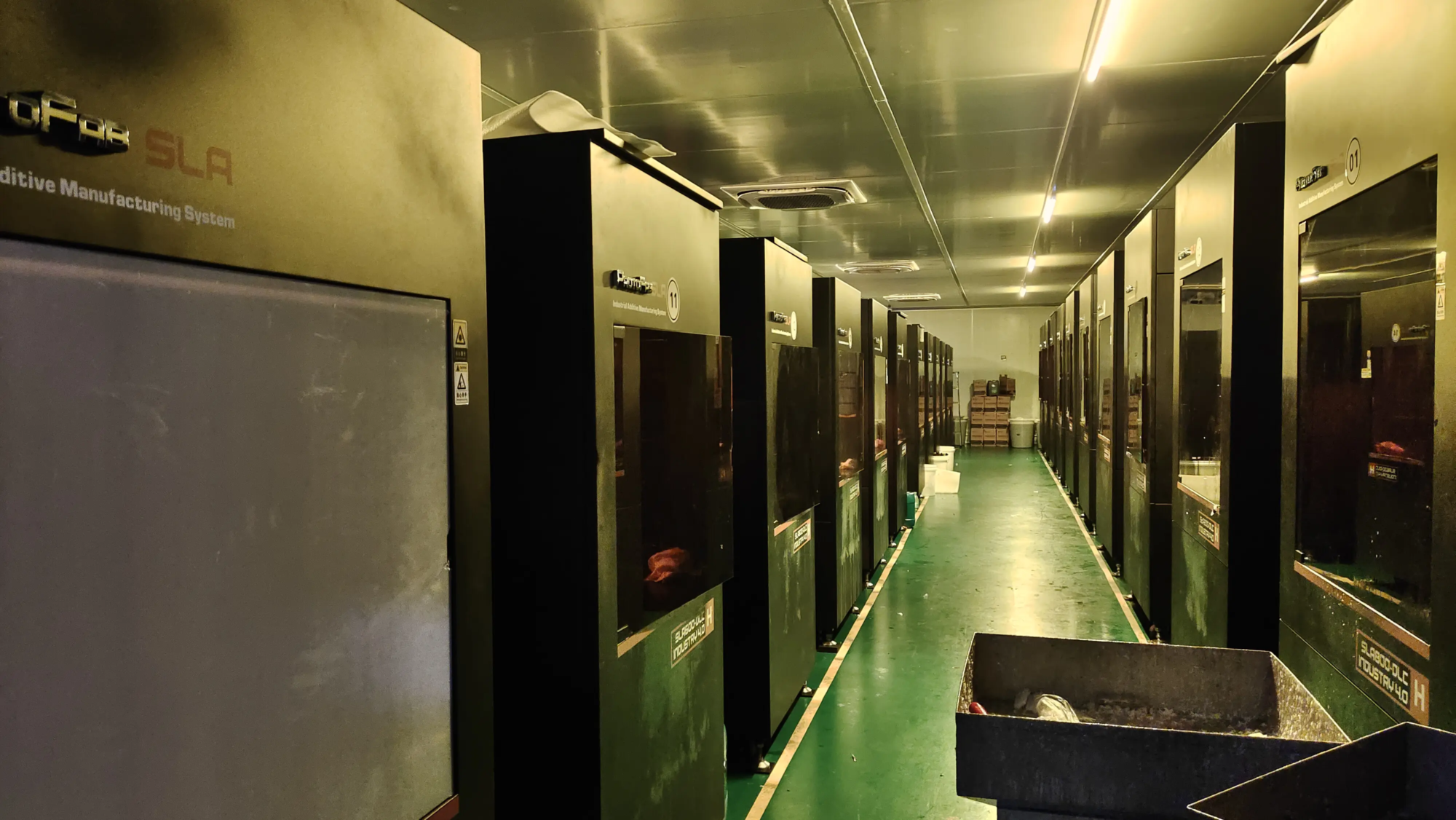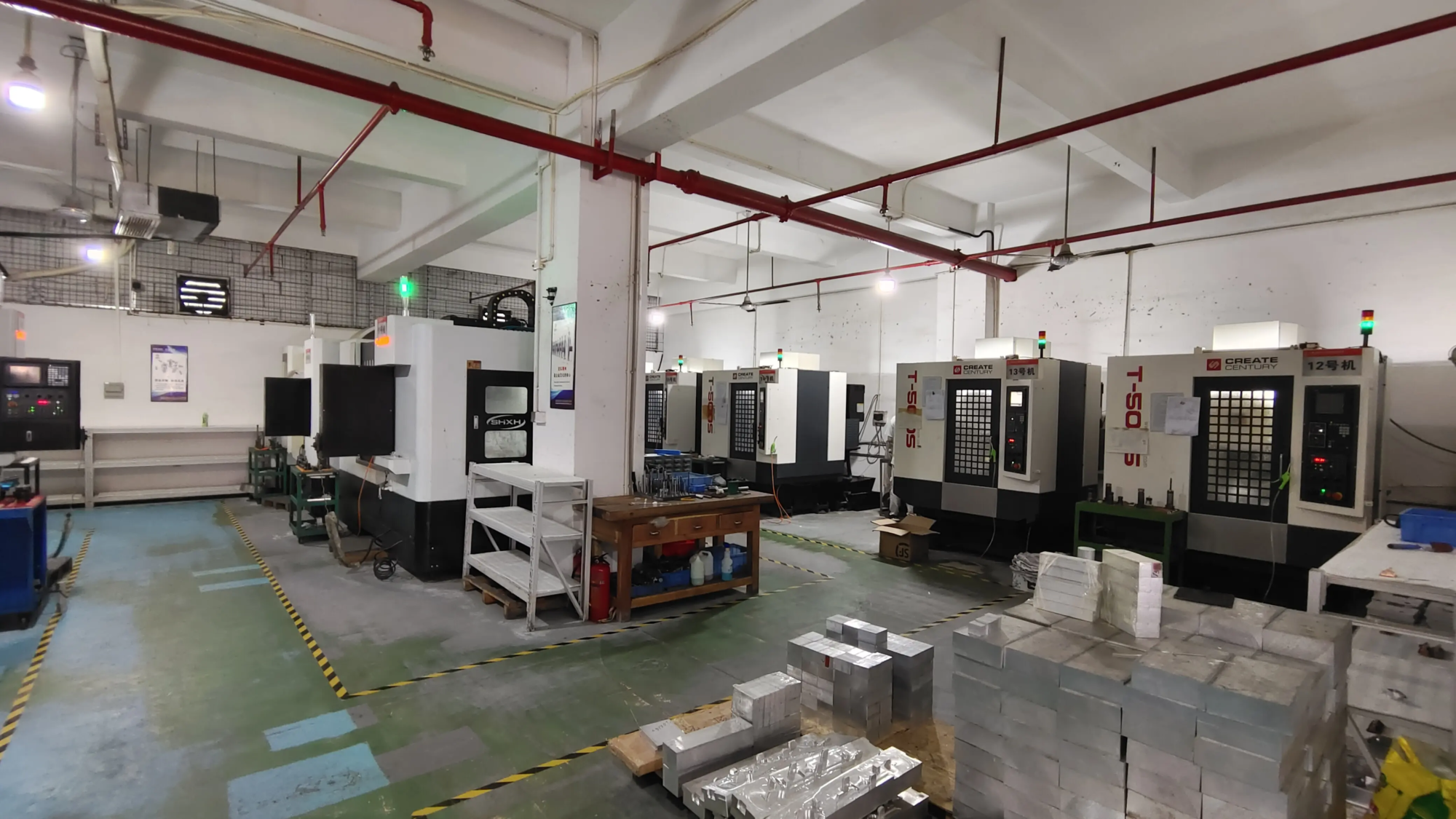Hug Game: A Comprehensive Guide to 3D Printing Your Custom DND Dice
For desktop adventurers, dice is more than just a random number generator. They are an extension of personality, luck amulets and narrative driving force. What if you can go beyond ready-made options and tailor-made for your character, campaign or guild? The World of Input 3D Printing – A revolutionary technology that gives gamers the ability to design and produce custom dice sets with incredible flexibility. This guide delves into how to print your own DND dice, unlocking new levels of personalization for your desktop experience.
Why 3D Print Your DND Dice?
- Unrivaled customization: The exquisite dice are shaped like miniature skulls, elemental gemstones, character symbols or intricate runes. Modify standard polyhedrons with unique PIP, embedded digits or embedded accents. Your imagination is the main limit.
- Material versatility: Print for home printers with vibrant plastics such as PLA or durable resin. For truly outstanding weight, feel and lifespan, explore professional metal printing options.
- Unique aesthetics: It is impossible for traditional manufacturing to achieve effects: complex lattice structures, multi-matter combinations (e.g., translucent numbers in solids), or combinations with specific textures.
- Legacy and Emotion: Create memorable souvenirs for peer memorial gifts, or trophy for epic victory.
Navigating the 3D printing journey of dice:
design: Your vision formation
- software: First, you need to provide free CAD tools for beginners, such as Tinkercad or Blender. Power users leverage Fusion 360 or Adobe Suttance Modeler.
- Balanced foundation: While creativity shines, the fairness of the dice is crucial. Based on your designs proven polyhedral geometry (D4, D6, D8, D10, D12, D20, D%). Use digital calipers or reference standard models. make sure:
- Consistent face size and angle.
- Symmetrical weight distribution – Avoid large solid mass on one side or overly hollow parts. If needed, strategically core internal core.
- Clean, readable number (engraved or embossed).
- Document preparation: Export as STL or OBJ files. Make sure the model is "water proof" (No holes in the grid) Use software repair tools. Directs the dice to the best print (consider drape and support).
print: Digitize to physics
- Home Printing (Plastic/Resin):
- FDM (Plastic-PLA, PETG, ABS): Affordable and easy to use. Prioritize high resolution and slow speeds for details. Focus on minimizing layer lines through careful calibration. The dice may require a lot of post-processing (sanding, primer, painting). The dice are usually light in weight.
- Resin (SLA/DLP-standard, similar to ABS, tough): Generate incredibly smooth surfaces and details directly from the build board, perfect for complex designs and sharp numbers. After fixation, it is crucial for durability. Resin dice provides a satisfactory weight, closer to standard acrylic. A safer treatment method (Ispropanol washing, UV curing) is required.
- Professional metal printing (SLM/DML): Advanced standards: Selective Laser Melting (SLM) metal 3D printing is transformative for players looking for unrivalled durability, substantial weight and a premium feel. Here, like Greatlime, working with expert manufacturers becomes invaluable:
- Excellent substance: SLM effectively uses high-power lasers to fuse high-quality metal powders (stainless steel 316L, aluminum alloy, titanium, and even tool steel) layer by layer to form dense, strong, near mesh dice.
- Excellent weight and feeling: Metal dice provides significant, satisfying weight similar to a high-end commercial kit, enhancing the tactile ritual of rolling.
- Complex details: SLM captures the exquisite details embedded in CAD designs, even on complex geometries, and is essential for clear numbers.
- Durability: Metal dice are nearly indestructible in game conditions and are far better resistant to chips, cracks and wear than plastic or resin.
- accurate: Advanced SLM technology and strict process control ensure the accuracy of dimensions that are critical to balanced dice.
- Complexity processing: Easily manage complex geometric shapes (internal voids, complex surface textures) that are challenging for traditional machining and even some plastic printing support.
- Home Printing (Plastic/Resin):
Key Phase: Post-processing and completion
- Support removal: Carefully remove the support from the plastic/resin prints. Metal SLM printing usually requires professional processing of professional support for deletion technology.
- Surface Improvements: This defines the final look.
- Plastic/Resin: Grinding (the gradually finer coarse sand of plastic), steam smoothing (specific materials), startup and painting/varnishing are common.
- Metal: Professional service shines here. Options include:
- Roll/Polish: From matte to mirror smooth, a smooth, consistent finish is achieved.
- Shooting/bead explosion: Create attractive matte or textured finishes.
- Electroplating/PVD coating: Add color (gold, bronze, rose gold, etc.) or increase hardness/durability.
- Vibration complete: General smoothness and burrs.
- Utilize expertise: Greglight provides comprehensive post-processing. We manage the entire journey – meticulously supported disassembly, premium smoothing and polish tailored to metal, and a wide range of decorative options. Our one-stop service ensures that your dice meets strict aesthetic and functional standards.
- ink: Paint or fill number (if embedded) for visibility. Contrast colors is key. Use a durable fine-tip paint pen or specialized model paint. Overfill and wipe off excess. For metal dice, professional plating on numbers is an elegant choice.
- Ensure fair competition: balance and quality control
- Strict test: Density consistency is crucial for randomness. Professional manufacturers like Greatlight use strict quality control protocols (material processing, printing parameters, post-processing) at each stage to ensure uniform density and dimensional accuracy.
- Salt water test (DIY): Dissolve the salt in water until death floats. Push it down gently and release it. If it’s consistently the same surface, then it’s there possible is a balance problem (pointing to density changes or trapped resin/air voids). This test is difficult to explain with complex shapes or excessive metal dice. Professional X-ray CT scans are the industry standard for absolute integrity inspection.
- Rolling test: Physically, each scrolling repeatedly dies on a flat surface and distributions are observed on hundreds of volumes. Apparent statistical bias indicates imbalance. The consistent roll of metal dice usually naturally highlights a good balance due to its mass distribution.
Conclusion: Entering the future of custom dice
3D printing provides an exciting playground for custom DND dice creations, from fun desktop plastic experiments to professional-grade metal masterpieces. While DIY printing makes sense, the pursuit of truly balanced, durable and refined metal dice requires advanced technology and expertise.
This is the Greatlight Aparttime. As a leading rapid prototyping manufacturer with cutting-edge SLM Metal 3D printing capabilities and a comprehensive in-house post-processing service, we transform complex digital designs into stunning functional dice. Leveraging strict quality control and years of experience in solving complex manufacturing challenges, we ensure that your custom dice not only looks great, but also provides fair, reliable rolls on years of adventure. Elevate your game beyond the average person.
Ready to make your legendary dice set? [Your Call to Action Link – e.g., Contact GreatLight for a Custom Dice Quote]
FAQ (FAQ)
Q1: Are 3D printed dice balanced enough for fair gameplay?
one: Plastic/Resin: Local dice can achieve a fair balance with very careful design, print optimization and density control. Inconsistent gaps of resin or filaments able Causes slight bias, especially without core. Professional Metal SLM: Provides the highest possibility of perfect fairness. Manufacturers like Greatlight use dense metal powders and controlled processes to produce dice with special density uniformity. X-ray CT examination provides final verification to ensure integrity of plastic/resin efforts consistently match.
Q2: Greatlight can print my custom dice design in metal, even if it is very complicated?
Answer: Absolute. Advanced SLM technology directly produces complex geometric shapes from 3D models. Complex internal structures, organic shapes, lattice fillers and fine numbers are all possible. Leverage our Design-to-Made Performance (DFM) expertise to optimize complex designs for successful printing and perfect post-processing.
Question 3: How long does it take to get a custom metal 3D printed dice from Greatlight?
Answer: Turnover time varies depending on complexity, sequential volume and selection post-processing. Simple designs can usually be done in a few days. Highly complex designs with complex finishes require more time. As a professional service dedicated to speeding up, Greatlime focuses on effective processes. Contact us directly to obtain a specific project schedule estimated balance quality and speed.
Q4: What sorting options can be provided for metal dice through Greatlight?
A: We offer a comprehensive set of professional finishing kits: smooth polish (various satin/mirror levels), bead blasting (matte texture), vibrating finishes, advanced tumbling and complex finishing coatings such as electroplating (gold, nickel, copper, etc.) or PVD coatings (producing durable colors (e.g. gold, gold, rose gold, black, black, Bronze, etc.). We will help you choose the best look, feel and durability.
** Q5: It’s Metal 3





